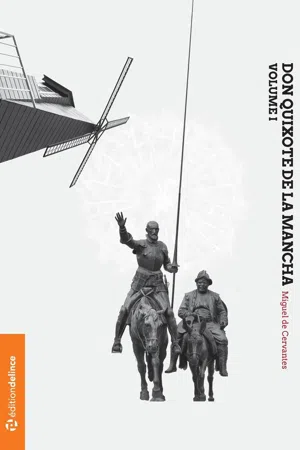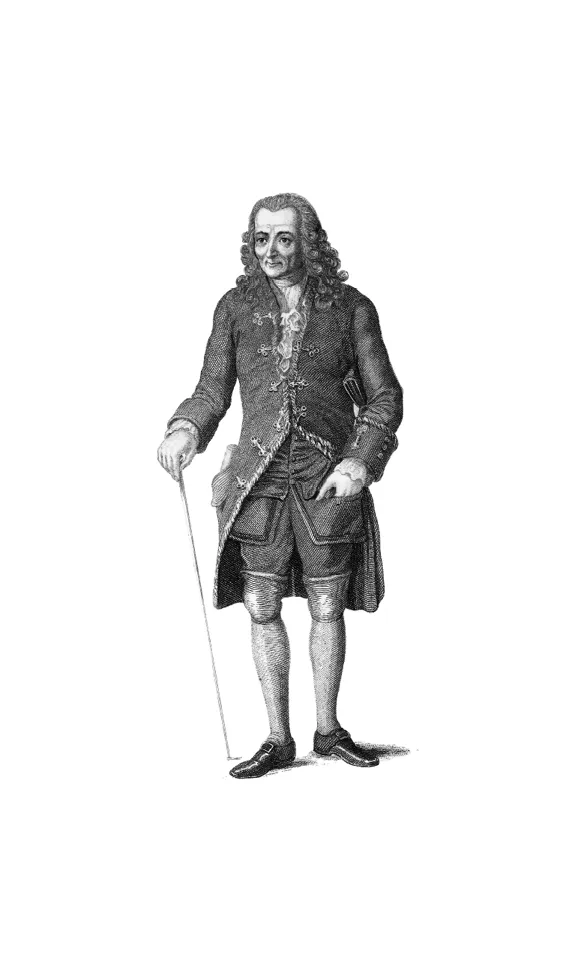
- English
- ePUB (mobile friendly)
- Available on iOS & Android
About this book
In a 2002 survey, of the world's leading writers (including Doris Lessing, Salman Rushdie, Nadine Gordimer, Wole Soyinka, Seamus Heaney, Carlos Fuentes and Norman Mailer), representing nearly every continent, selected Don Quixote as "the most meaningful book of all time". Nigerian-born Ben Okri said, "If there is one novel you should read before you die, it is Don Quixote, it has the most wonderful and elaborated story, yet it is simple." Beyond such consistent contemporary accolades, the author's influence is so deeply rooted in Spanish Literature that one cannot write in Spanish without having Cervantes? influence in mind. Don Quixote de la Mancha is in fact the first modern novel (Volume one was published in 1605, and Volume II, was published ten years later, in 1615) and holds the honor of being published literary work in the world after the bible. So as one can imagine it's influence today stretches far beyond Spanish having significantly influenced the works of Nabokov to Borges, Fielding to Garcia Marquez.
Frequently asked questions
- Essential is ideal for learners and professionals who enjoy exploring a wide range of subjects. Access the Essential Library with 800,000+ trusted titles and best-sellers across business, personal growth, and the humanities. Includes unlimited reading time and Standard Read Aloud voice.
- Complete: Perfect for advanced learners and researchers needing full, unrestricted access. Unlock 1.4M+ books across hundreds of subjects, including academic and specialized titles. The Complete Plan also includes advanced features like Premium Read Aloud and Research Assistant.
Please note we cannot support devices running on iOS 13 and Android 7 or earlier. Learn more about using the app.
Information

Voltaire

Published in the United States by Édition Delince Incorporated, Miami Florida USA. No part of this book may be used or reproduced in any manner whatsoever without written permission except in the case of brief quotations embodied in critical articles or reviews.
Édition Delince ISBN: 978-1-944556-11-2
For information, address:
Édition Delince, INCORPORATED PO BOX 61121, MIAMI, FL 33261 USA
www.editiondelince.com
Written + Designed + Published in the
United States of America 23 0 5 0 A 0 0 12

Voltaire’s masterpiece of satire was written between July and December 1758 and published simultaneously in Geneva, Paris and Amsterdam in January 1759. The events in the book unlike most works of fiction are astutely based on the current state of Voltaire’s contemporary world and culled from the headlines of his day. No major power center was omitted. Arbiters of social status, sex/love, money, war and religion were all lambasted within the pages of Candide.
I.
Table of contents
- Candide